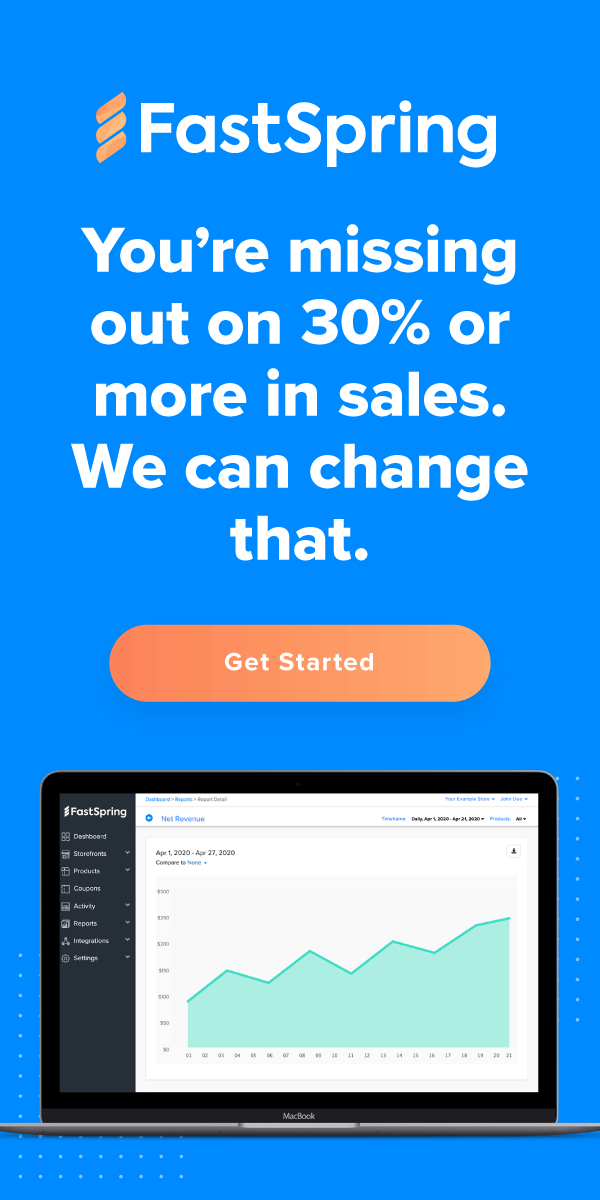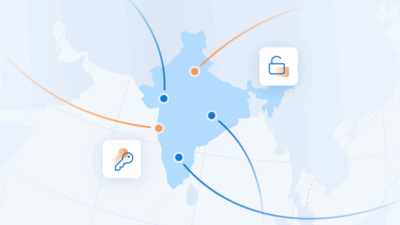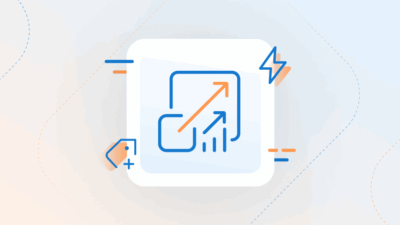If you’re selling your SaaS on home soil, pricing it in your currency makes sense.
But what happens when your company wants to expand into new territories? Not only do you need to market test your SaaS product in new geographical areas, but making sure it’s priced correctly can make or break its success in any new territory.
Pricing your SaaS in a customer’s own currency can do a lot to influence their buying decision. Not only will it make it easier for them to budget for your product, but it can also build trust by showing that you’re not just a foreign company, but one that cares enough to localize your product to their market.
In this guide on localized SaaS pricing, we’re going to be looking at:
- What is localized pricing?
- Why localized pricing is essential for your SaaS
- Cosmetic or Market Localization – Which is best?
- How to localize your SaaS product the easy way
Let’s get localized.
What is localized pricing?
The Globalization and Localization Association (GALA) describes localization as “the process of adapting a product or content to a specific locale or market. Translation is only one of several elements of the localization process.”
But let’s unpack what that means by looking at how localized pricing works using one of the world’s most iconic food items: The Big Mac.
In 1986, The Economist created the Big Mac Index as a lighthearted guide to whether currencies are at their “correct” level across the globe. It is based on the theory of purchasing-power-parity (PPP) – in the long run, exchange rates should move towards the rate that would equalize the prices of an identical basket of goods and services (or, a big mac) in any two countries.
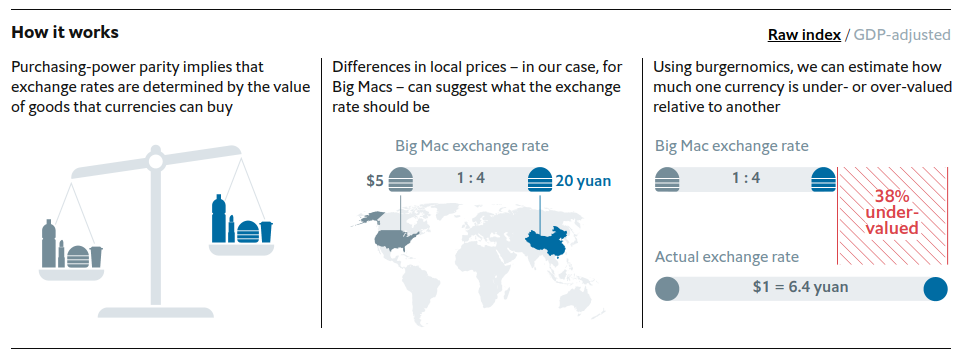
Using the index and adjusting figures for GDP, we can see that a Big Mac costs a little less in Britain than it does in the US.
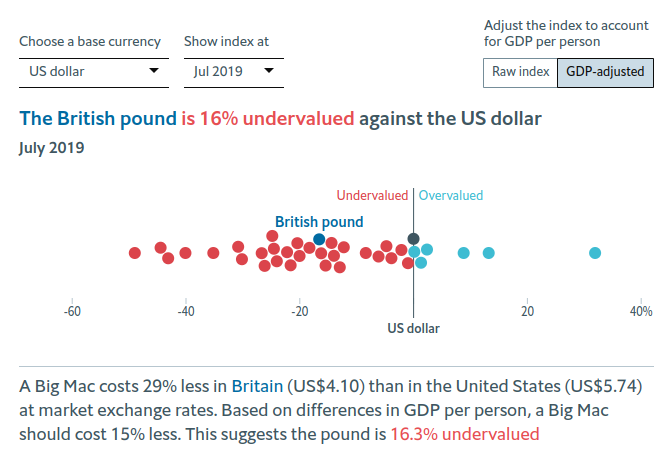
And in Indonesia, it costs a lot less.

If we convert this burgernomics theory into a SaaS pricing model, it’s easy to see that an affordable monthly SaaS product for US consumers might be unaffordable for Indonesian customers.
And behind all of the hard figures and calculations of a pricing model is its psychology. On a HackerNews thread, a French SaaS startup asked forum users if it would be acceptable to just bill in its local currency, the Euro (€).
The results?
- 73 users said € was OK
- 65 users € is OK but would really prefer $ if possible
- 19 users said € is not OK at all
- 6 users said they would not buy in $, but only in €
But one of the thread’s respondents said that pricing was about psychology; when a user sees the product at €20, they see the number, they see that it’s twenty, and they decide in a split second whether twenty is a reasonable price.
“When they realize that it’s twenty Euro and the price is actually thirty of their local currency, then, despite their conscious awareness of how currency works, the price has effectively increased by 50%,” the user said. This can hurt purchasing depending on how devoted they are to the service. “Even if ’30 of something’ is a fair price, their brain got used to the idea of ‘twenty of something’, and now they stop and reconsider.”
Why Localized Pricing is Essential for Your SaaS
For many SaaS companies, pricing is often an underrated way to drive growth. Which is surprising when we look at the statistics around pricing. PriceIntelligently says when it’s improved by just 1%, monetization has a 12.7% impact on a business’ bottom line.
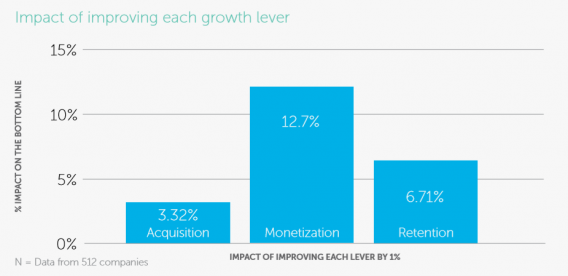
But companies are spending next to no time capitalizing on this. Xoogler Marketing & Growth Lead Pedro Marzagao says SaaS companies spend, on average, just 8 hours on pricing over the total lifetime of the business. One of the best ways to improve the monetization of your SaaS is to look at a pricing structure that incorporates localized pricing. There are two types of localized pricing you can use: cosmetic localization, and market localization.
Cosmetic Localization
This is when your pricing page is localized to a customer’s currency based on their regional location. To integrate cosmetic localization, it just takes a few tweaks on your pricing page:
- Currency: The price of your product should be shown in the local currency.
- Price: Should be adjusted to the local currency based on current exchange rates.
- Language: The pricing page should be translated to the local language.
Let’s look at how Pipedrive manages to do this. Their US customers will see this pricing page:
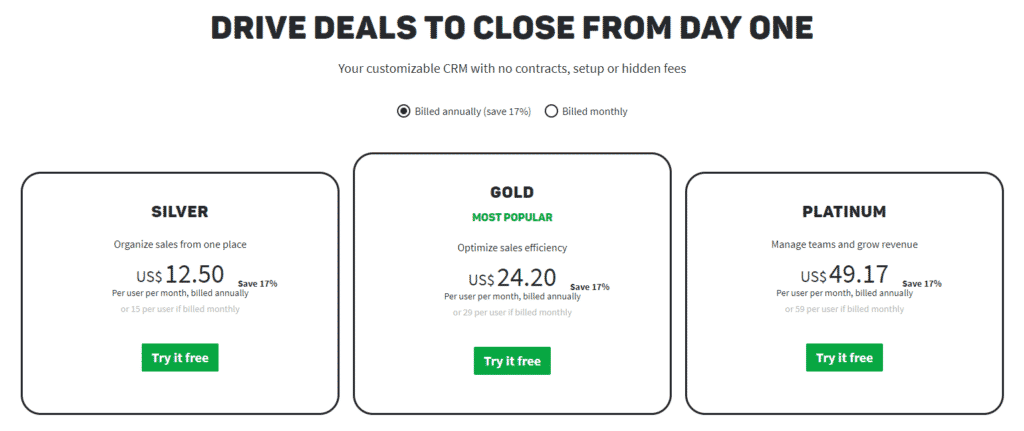
While their British customers will see this one:
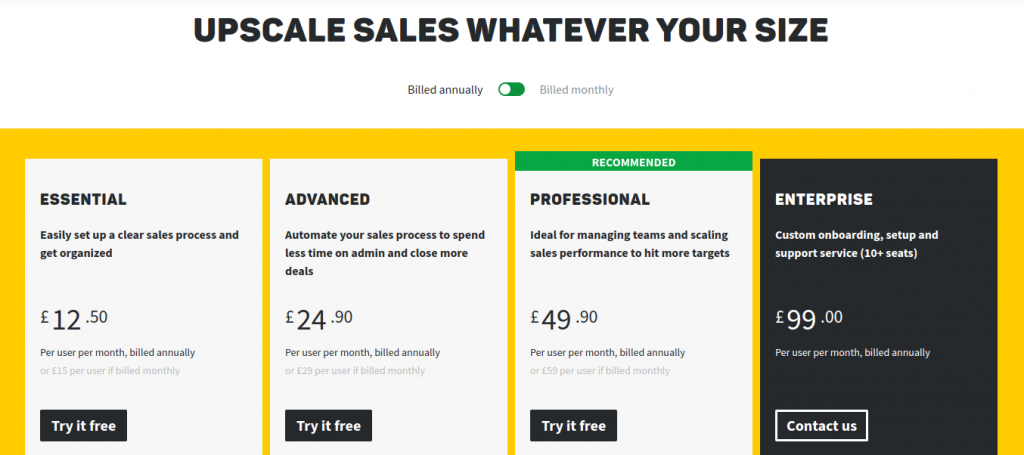
However, we can quickly figure out that these prices are localized cosmetically as the exchange rate reflects that British customers are paying a little more than their American customers.
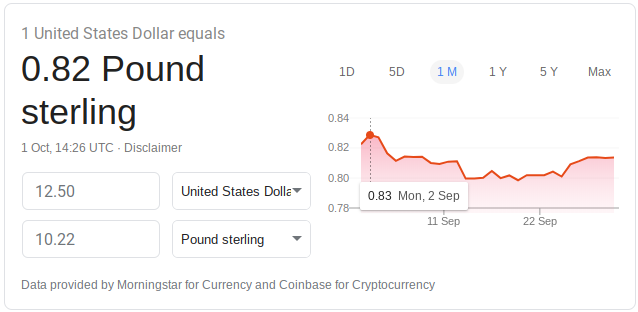
Market Localization
Remember the Big Mac index from earlier?
That’s where true-market localization comes into play. Just as you wouldn’t expect a Big Mac to cost the same in Switzerland as it does in Indonesia, market localization works on the same model. For example, if your SaaS costs $50/month in the United States, you would charge your British customers a relative price based on market saturation and demand.
Evernote does this. Their SaaS subscription is adjusted based on where a customer is based geographically.
Cosmetic or Market Localization—Which is best?
ProfitWell conducted a mega-study of 457 SaaS companies and their pricing models. The results were unanimous. SaaS companies who had a pricing model based on true market-localization had a month-over-month growth of 11%, while those who used cosmetic localization had a 9% month-on-month growth rate.

Which model is better for your SaaS?
Marzagao says cosmetic localization is normally suited to early-medium stage growth, while market localization is for late-stage growth companies. He says whatever model you choose, you need to tick off two key factors:
- Determining what the customer’s region is willing to pay: Are customers in Switzerland more willing to pay for your product than customers in Australia? By running a price sensitivity campaign, you’ll be able to understand and measure each region and their willingness to pay for your product.
- Having a deep understanding of your buyer personas: If you understand how your product is resonating with different audiences in various regions, it becomes easier to figure out preferences and position your SaaS differently for each geographical area.
How to Localize Your SaaS Product
Localizing your SaaS product is easier said than done. When you localize your product, you need to look beyond just converting currencies. You also need to be aware of other aspects of localizing like varying taxes. Each local area has its own tax laws. If you’re selling in that area, you need to understand the tax regulations in that area. For example, the US has state taxes, the European Union has the Value-Added Tax (VAT), and Australia has a Goods and Services Tax (GST), all need to be accounted for when selling into those areas.
The easiest way to localize your SaaS pricing is by partnering up with a full-service partner. A full-service partner can automatically convert your currency as well as translate your pricing pages so your customers can view it in their local language. But a full-service partner can also take care of any varying regulations and taxes taking place in each geographical area, so you don’t have to.
For example, SaaS vendors can use FastSpring to collect global payments from customers across the globe. Using FastSpring, SaaS companies can control which currencies are available to their customers and have the language on their pricing pages automatically translated.
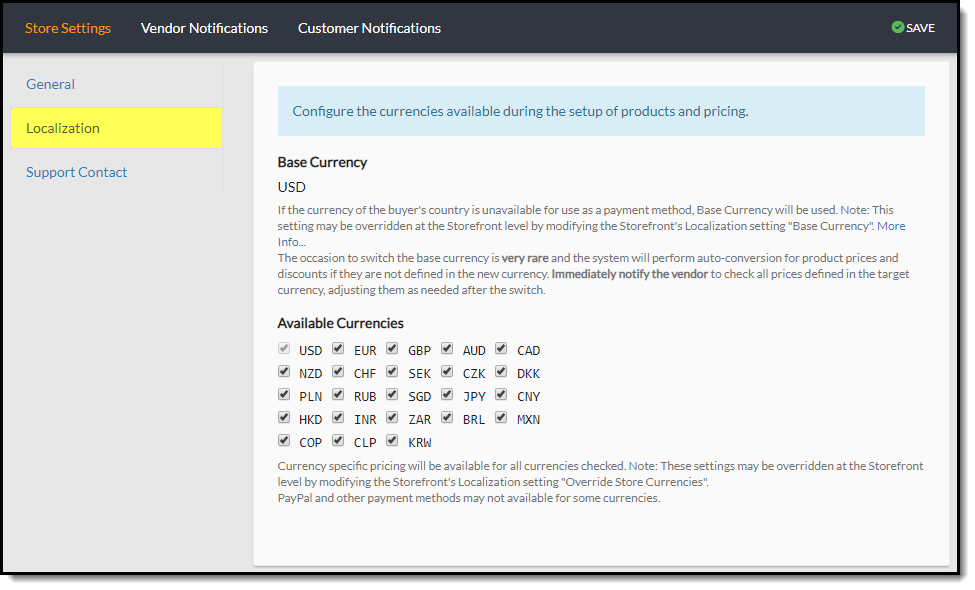
For SaaS companies who want to offer cosmetic localization, FastSpring makes it easy. For example, suppose EUR is enabled, but the price is provided only in USD, visitors in Europe will see prices that are converted from USD.
Localizing your Pricing Boosts your SaaS Growth
Managing exchange rates and language barriers shouldn’t be a constant headache for SaaS companies. On the flip side, taking control of your global pricing can supercharge your SaaS company’s growth. Your product is built to use in the cloud, so it makes sense that buyers from across the globe will want to access it at any time, using any currency, and instantly see what it will cost them.
By utilizing localized pricing, you’re able to capitalize on this global traffic. Customers can even move from one part of the world to another, and your service will be able to adjust to their location. And giving each of your customers a customized experience through localized pricing can help retain them as lifelong customers.
![[Customer Story] Why TestDome Considers FastSpring a Real Partner](https://fastspring.com/wp-content/themes/fastspring-bamboo/images/promotional/2023/FastSpring-TestDome-blog-thumbnail.jpg)




